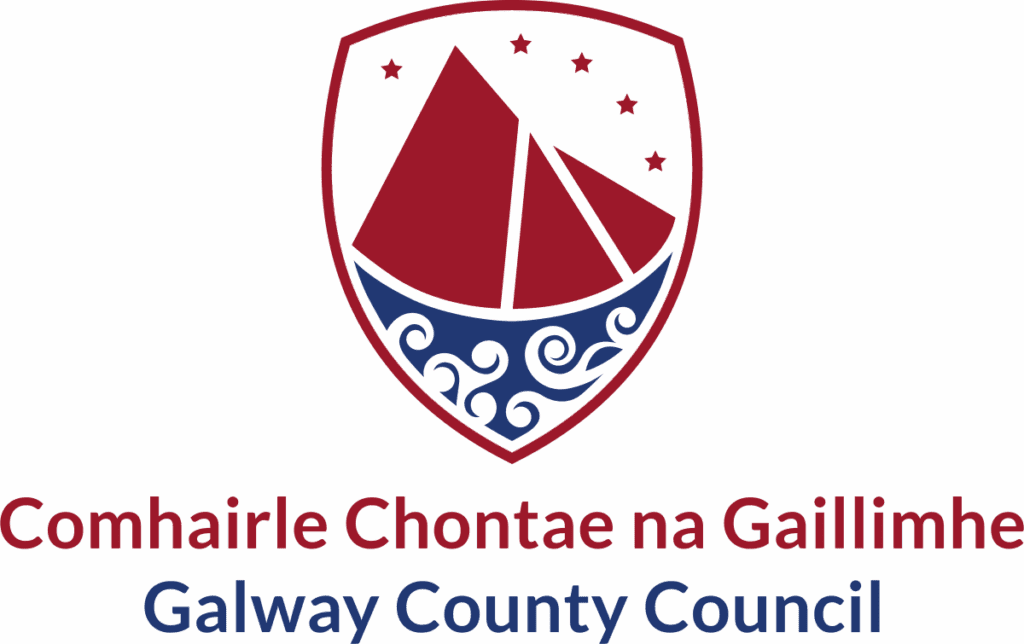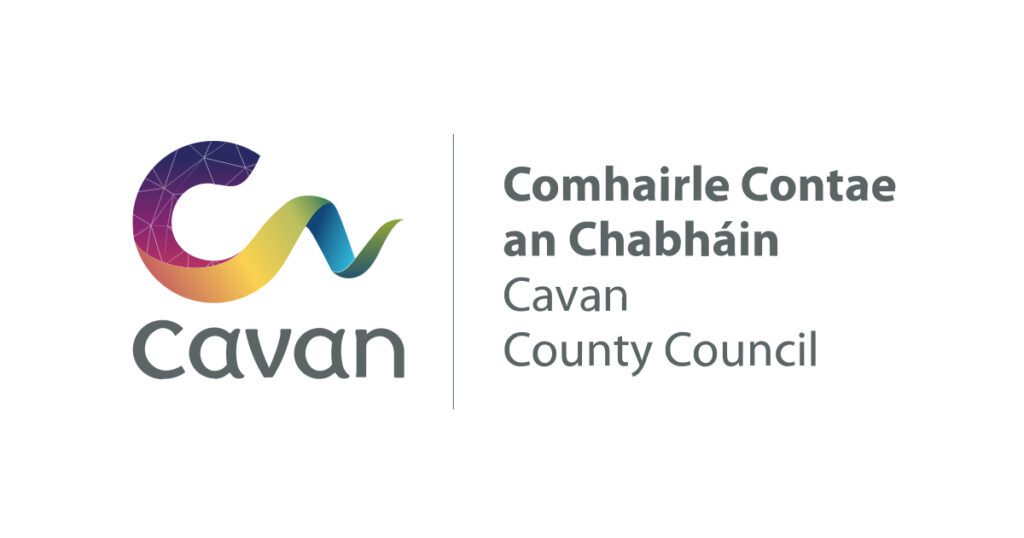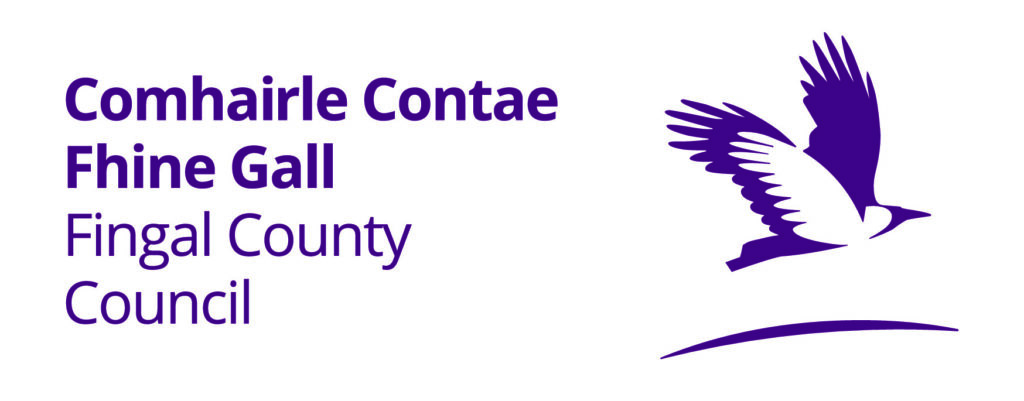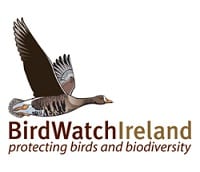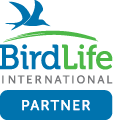BirdWatch Ireland is undertaking breeding Swift surveys across Fingal, south Galway and west Cavan this summer and needs your help to locate nesting Swifts.
Swifts are remarkable, spending most of their lives in the air, only coming to land to nest. They sleep, eat, mate, and drink on the wing. Even the material used to line their nests is gathered on the wing. As the time approaches for the chicks to leave the nest (about 6 weeks) they begin doing push ups on their wings, preparing for their first flight. Once they launch themselves from the nest, they likely won’t touch land again for another 3-5 years when they are ready to breed.
 Swift (Piotr Rak)
Swift (Piotr Rak)
Unfortunately, the Swift is undergoing massive declines in Ireland and across much of Europe. In the Republic of Ireland, 69% of our breeding population was lost between 1998 and 2023 according to the Countryside Bird Survey, operated by BirdWatch Ireland on behalf of National Parks and Wildlife Services.
As such, the Swift is now on Ireland’s endangered or Birds of Conservation Concern Red List, alongside other notable species such as the Curlew, Corncrake and Kestrel.
‘The reasons for their decline are multi-faceted,’ says Tara Adcock, Urban Birds Project Officer with BirdWatch Ireland, ‘but one of the main driving forces behind their decline appears to be a lack of nesting space. Essentially, Swifts, like us, are experiencing a housing crisis.’
 Swifts nesting in gaps in brickwork. Note the absence of droppings on the wall. (Kevin Collins)
Swifts nesting in gaps in brickwork. Note the absence of droppings on the wall. (Kevin Collins)
Swifts are an urban species, nesting in buildings, in our towns, villages and cities. Renovations to buildings can result in these nest sites being lost. They are a highly site faithful species, meaning they return to the same nest year after year to breed. If the nest site is lost due to renovations, they can find it difficult to find alternative nesting space.
To make matters more difficult for the Swift, in the last few decades new builds coming on to the market have been built to a higher standard meaning there are no gaps for cavity nesting species such as Swifts to nest in in new buildings.
Swifts are thus losing their existing nest sites due to renovations and demolition, and very little alternative nesting space is coming on to the market. An uncanny echo of our own housing crisis.
To protect Swifts, conservationists need to know where they are nesting. The BirdWatch Ireland Swift Surveyors and experienced volunteers are currently working hard to catalogue these nest sites. They will continue to do so into August, after which the Swifts will depart for their wintering grounds in sub-Saharan Africa. The surveys carried out this year brings the tally of Swift surveys carried out by BirdWatch Ireland to 25 since 2017.
 Peter Phillips surveying Carrickmacross Workhouse for Swifts as part of the Monaghan Swift Survey 2023. (Tara Adcock)
Peter Phillips surveying Carrickmacross Workhouse for Swifts as part of the Monaghan Swift Survey 2023. (Tara Adcock)
There is hope for the Swift. Using nest boxes and nest bricks, Swifts can be built into our urban landscapes. Nest boxes are fixed externally, while nest bricks are built into the fabric of the wall and are suitable for new builds or renovations.
 Swift nest boxes on the refurbished Skerries Library, an initiative pushed by the BWI Fingal branch with support and funding from Fingal County Council.
Swift nest boxes on the refurbished Skerries Library, an initiative pushed by the BWI Fingal branch with support and funding from Fingal County Council.
Swifts are a clean and quiet species. They do not leave a mess, and they will not wake you up in the morning. As such they are the perfect species for which to install nest boxes/ bricks on your own home or a public building.
If you would like more information on how to provide nesting space for Swifts, please either contact swifts@birdwatchireland.ie and/or download our user-friendly ‘Saving Swifts’ guide for free from our website.
If you are aware of Swifts nesting in Cavan, Galway, or Fingal please email the details (location, number of Swifts, number of nest sites if known) to swifts@birdwatchireland.ie.
The Fingal Swift Survey is a collaboration between Fingal County Council and BirdWatch Ireland and is funded by Fingal County Council. The south Galway and west Cavan Swift Surveys are supported by the National Parks and Wildlife Service (NPWS) under the National Biodiversity Action Plan, and are a collaboration with Galway County Council, and Cavan County Council.


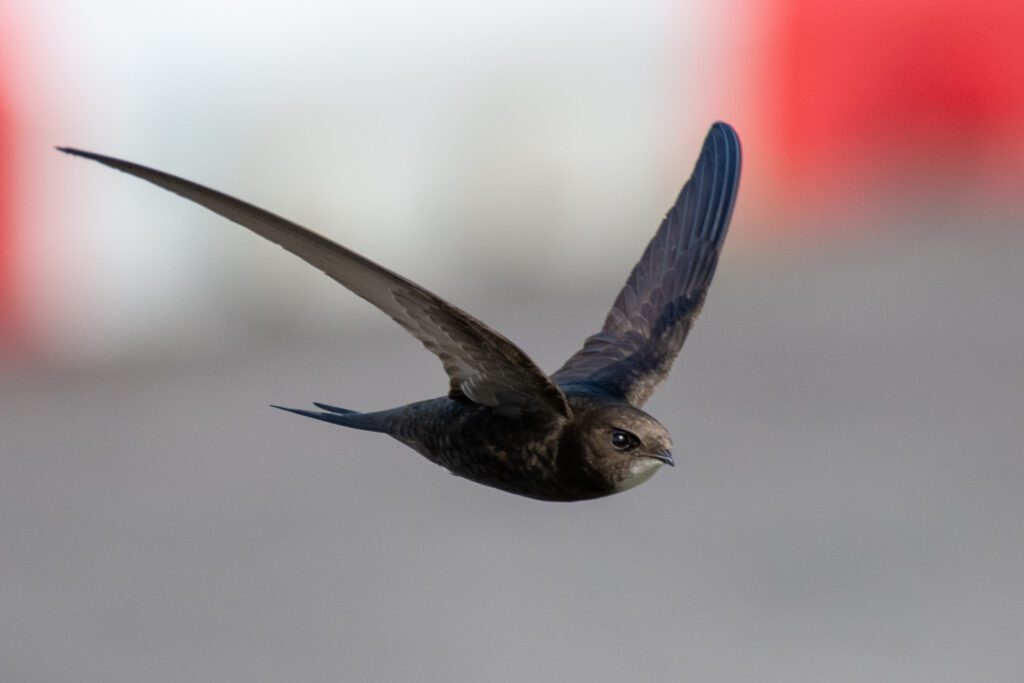 Swift (Piotr Rak)
Swift (Piotr Rak)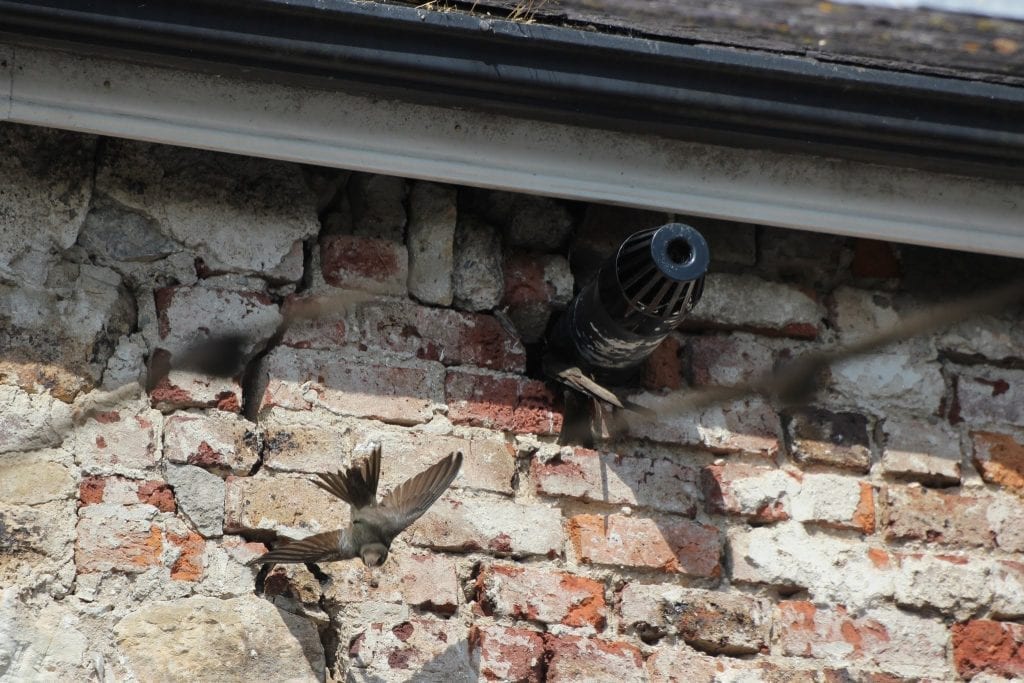 Swifts nesting in gaps in brickwork. Note the absence of droppings on the wall. (Kevin Collins)
Swifts nesting in gaps in brickwork. Note the absence of droppings on the wall. (Kevin Collins)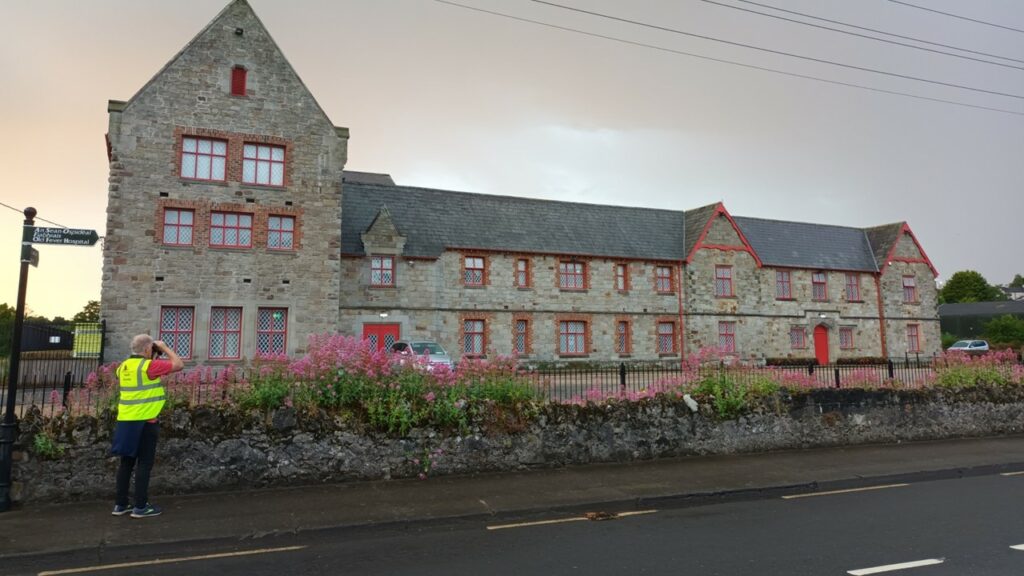 Peter Phillips surveying Carrickmacross Workhouse for Swifts as part of the Monaghan Swift Survey 2023. (Tara Adcock)
Peter Phillips surveying Carrickmacross Workhouse for Swifts as part of the Monaghan Swift Survey 2023. (Tara Adcock) Swift nest boxes on the refurbished Skerries Library, an initiative pushed by the BWI Fingal branch with support and funding from Fingal County Council.
Swift nest boxes on the refurbished Skerries Library, an initiative pushed by the BWI Fingal branch with support and funding from Fingal County Council.